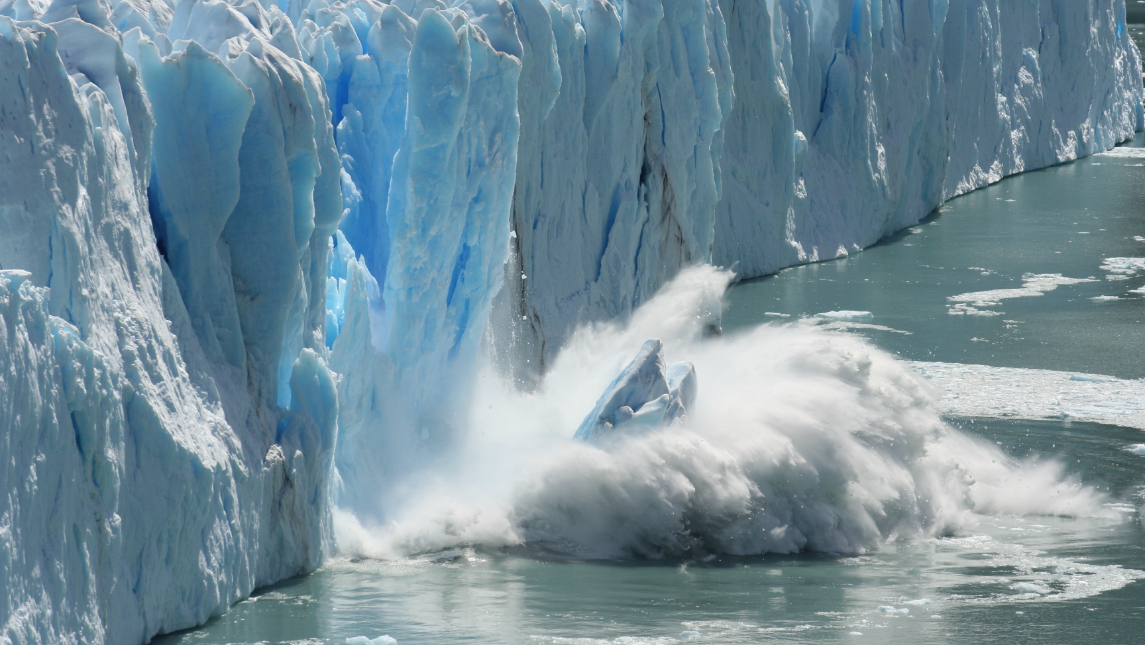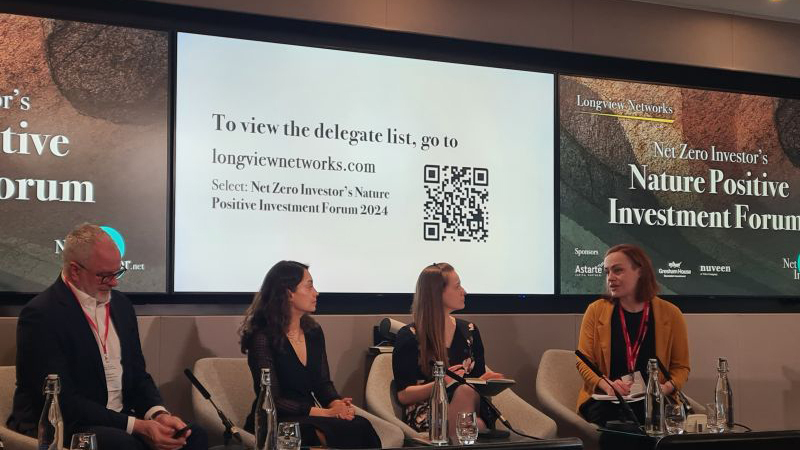
Asset owner scenario planning the ‘backbone’ of science-based net-zero commitments
Remarks made at renewable energy conference highlight need for clear scenario frameworks to be in place to ensure net-zero targets can be tracked and trusted.
Scenario planning and frameworks are essential for national institutions and asset owners setting net-zero targets, according to David Carlin, head of climate risk at the United Nations Environment Programme Finance Initiative (UNEP-FI).
“Climate transition scenarios are the backbone of ensuring that net-zero commitments are science-based”, said Carlin.
The remarks were made at the 13th session of the International Renewable Energy Agency (IRENA) Assembly, hosted this year in Abu Dhabi.
“When a science-based commitment to 1.5°C is being made, what we're interested in is both the endpoint, which we know to be 2050, but also what is a credible walk to that destination”, said Carlin.
Carlin was speaking at a panel discussion on national frameworks for scenario development and net-zero target setting.
“We've already reached a point within the financial sector, where scenarios are being more widely used, where scenarios are featuring in a variety of different ways. We're seeing them in risk. We're seeing them in target-setting. We're also seeing them in terms of strategy and in terms of understanding what kind of policies and what sort of practices are going to be useful within the footprint in which we operate”, said Carlin.
Climate transition scenarios are the backbone of ensuring that net-zero commitments are science-based.
Green banks
At the same discussion, Livio Stracca, deputy director for international and European relations at the European Central Bank, spoke of the upcoming goals of the Network for Greening the Financial System (NGFS).
The NGFS is a group of central banks and financial regulators with the aim of strengthening the global response to the Paris Agreement. It has previously set six long-term climate scenarios, according to Stracca, ranging from the “optimistic” of net zero by 2050, to the most pessimistic of “basically unchanged” policies from those being enacted currently.
Stracca confirmed that the NGFS is for the first time looking at short-term climate scenarios. These scenarios will be able to assess more immediate impacts, such as how the war in Ukraine and rising energy prices will affect net-zero transition plans, he said.
The session’s host city of Abu Dhabi will also act as the host city of the COP28 climate conference, to take place later this year.




